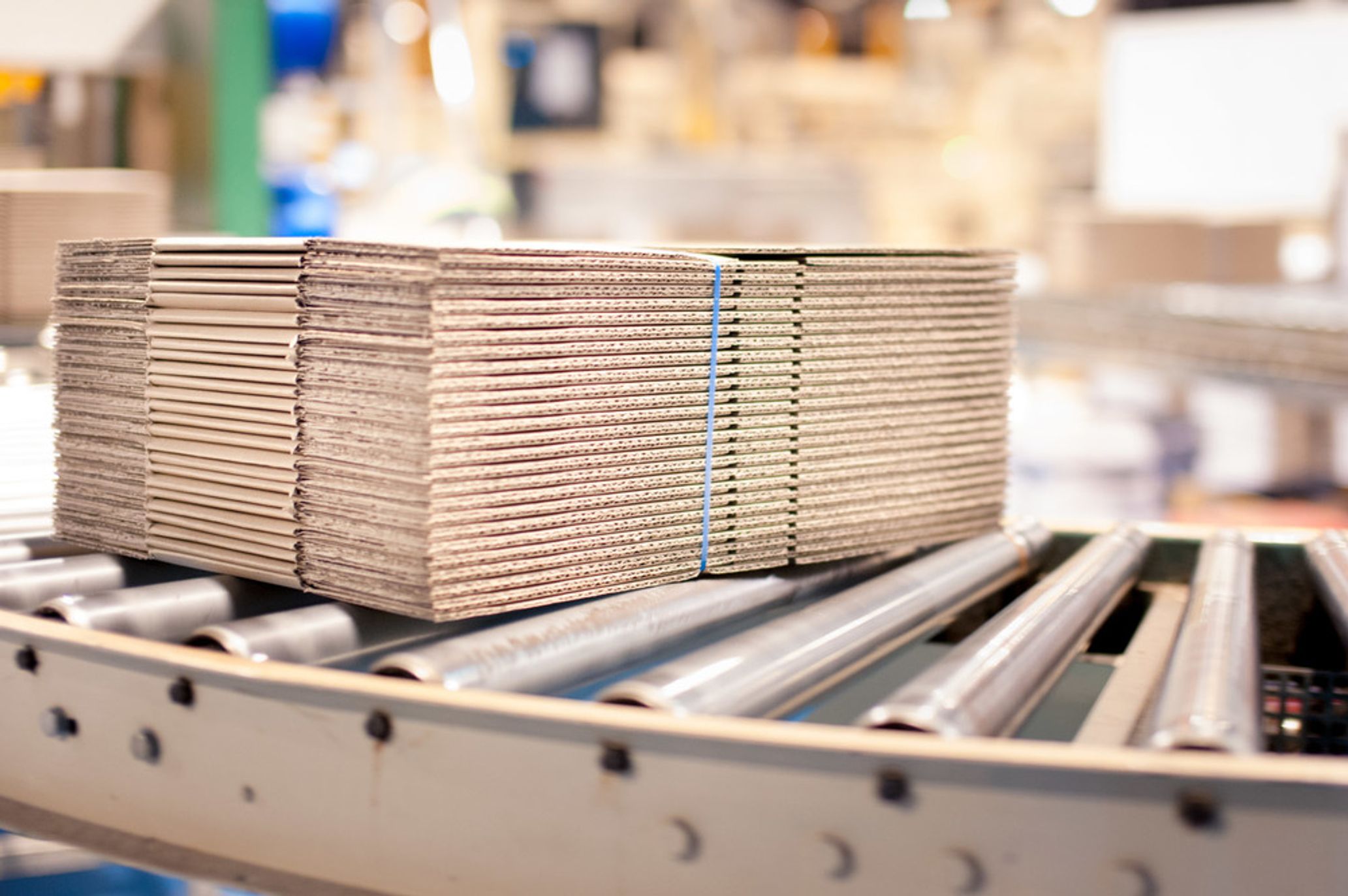Overview
A major manufacturer of corrugated packaging in Australia and New Zealand tasked CoolPlanet with lowering energy costs, and thus emissions. Thanks to a continuous improvement strategy, the company’s facilities are among the most sophisticated in the world and the bulk of raw materials come from recycled paper.
Every day the plant produces roughly 250,000 m2 (35 soccer fields) of cardboard packaging material.
The 24,000m manufacturing and warehouse facility with a single corrugator line transforms paper into cardboard of various grades. Flat sheets of cardboard from the corrugator are transformed into the final product through several converting lines that print, stamp, perforate, and glue the sheets together.
Key Stats
800 tCO₂
Annual CO₂ Reduction
$167,000
Annual energy avoidance
0.9 Years
Project payback
175%
Energy savings achieved vs target
Challenges
Some 30 years of continuous upgrades & improvements have culminated in the state-of-the-art conversion lines present today. However, this also means that systems are no longer being operated as originally designed.
Due to the age of the facility, there was minimal sub-metering present, making it challenging to identify the key drivers for energy consumption on site. This was compounded by the large number of discrete operations that started and stopped independently of one another.
Solution
CoolPlanet installed twelve electrical sub-meters, two compressed air flow meters, and a steam flow meter. Each of these devices was then integrated into our decarbonisation and energy management software CoolPlanetOS, alongside the existing electrical, gas, and key production data to create a digital twin of the site.
Through both our methodical onsite investigations, as well as CoolPlanetOS, we identified a number of energy efficiency opportunities. We worked with the site team to design solutions addressing these opportunities without compromising any site operations.
As a result of this process, the following projects were undertaken:
- Energy management through the proper shutdown of equipment when not required.
- Compressed air optimisation through the elimination of compressed air misuse, repair of compressed air leaks, and the redesign of the piping system to remove excessive pressure drops.
- Steam system optimisation through the insulation of steam lines and installation of a flash-steam recovery system.
- Improved lighting control strategies utilising timer and sensor technologies.
Where possible, improvements to control strategies were engineered so that they did not require manual staff intervention. In situations this was not possible, automated watchers were set in CoolPlanetOS to ensure that new startup and shutdown procedures were being properly adhered to.
Benefits
This project generates $167,000 of energy savings per year and achieved 175% of the originally proposed energy savings guarantee. In addition to the energy savings and carbon emissions reductions the project also yielded some co-benefits:
- Improved staff health & safety through steam system insulation and eliminating machine operation when not in use.
- Increased equipment life expectancy due to reduced equipment run hours.
- Reduced maintenance thanks to the reduction in equipment run hours.
- Reduced water and water chemical treatment use through the flash-steam recovery system.



